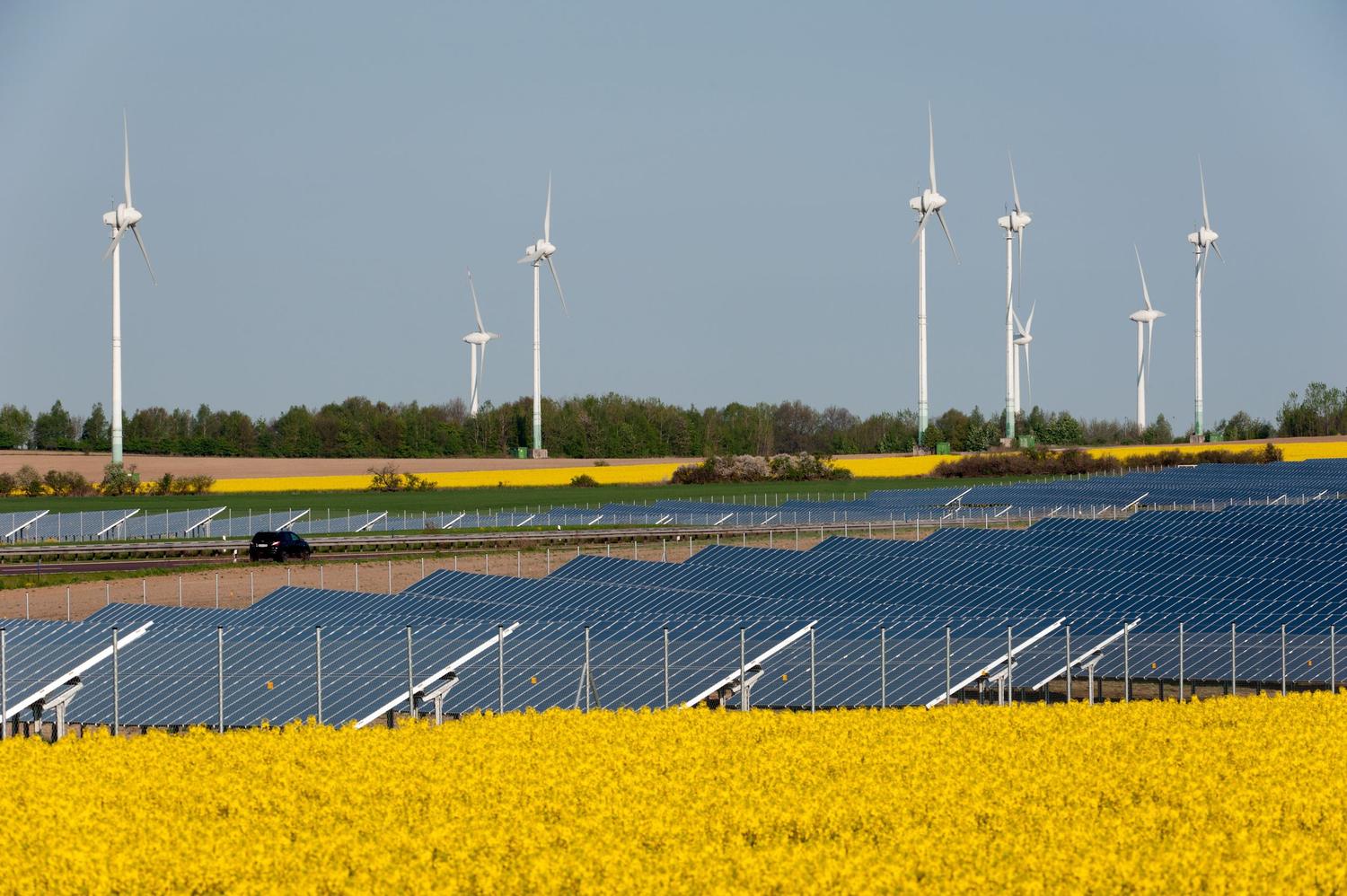Preference :the act, fact, or principle of giving advantages to some over others
:priority in the right to demand and receive satisfaction of an obligation
The federal government, state governments and state utility regulators have established preferences for wind and solar electric generators, requiring that they be the first generators in line to supply power to the grid when weather conditions permit, while essentially freeing them from the obligation to serve since they are understood to be intermittent generators which cannot be dispatched. They are “source of opportunity” power generators, used when they are available and replaced by conventional generation when they are not available.
Wind and solar are widely acclaimed as being the lowest cost source of electricity. They are also preferred because their operation does not result in CO2 emissions which might contribute to climate change. The availability of production tax credits allows wind and solar generators to consistently bid low wholesale prices into utility, ISO (Independent System Operators) and RTO (Regional Transmission Organizations) supply bidding processes. However, their intermittency requires the grids they serve to provide smoothing services and to maintain rapid response generation capacity to compensate for longer interruptions. These services and generation resources add to the real cost of wind and solar generation.
The output of wind and solar generation facilities displaces a portion of the generating capacity of conventional generation in the generation mix. However, the intermittency of wind and solar generation require that conventional generation capacity be available to meet grid demand during periods when wind and solar are not generating, or are not generating at capacity.
Utilities, ISOs and RTOs must maintain operating conventional generation capacity to replace the output of wind and solar facilities when they are not generating, as well as capacity to replace the capacity of the largest conventional generator in operation should it experience an unscheduled outage to assure grid reliability.
As the generating capacity of wind and solar increase, the operating outputs of the conventional generators are decreased, though they must remain in operation, ready to satisfy grid demand if wind and/or solar generator output decrease. This increases their cost of operation per MWh generated. The wholesale electricity price is determined by the cost of the next unit of capacity required to meet grid demand. Therefore, as the cost of operation of conventional generation increases, the cost of wholesale power also increases, as does the profitability of wind and solar generation.
Most of the coal-fired conventional generation capacity is utility owned. However, much of the natural gas combined-cycle generation capacity is owned and operated by merchant generators. The utilities are generally able to negotiate rates which maintain the profitability of their coal generation assets. However, the merchant generators might require proportionally higher prices to maintain profitability, further moving them down the dispatch order and further increasing wholesale electricity prices.
The combination of these factors are the reason why intermittent wind and solar generation, while supposedly less costly than conventional generation, have not resulted in reduced electricity rates as promised.
